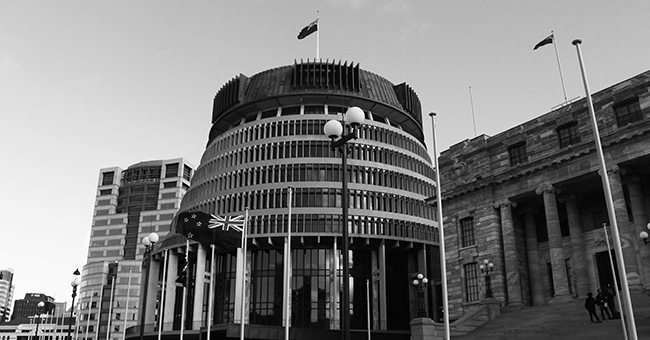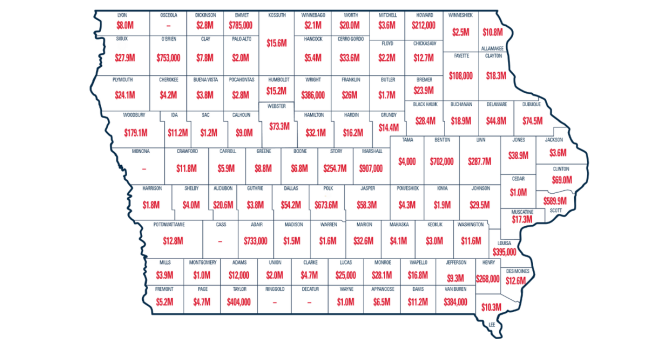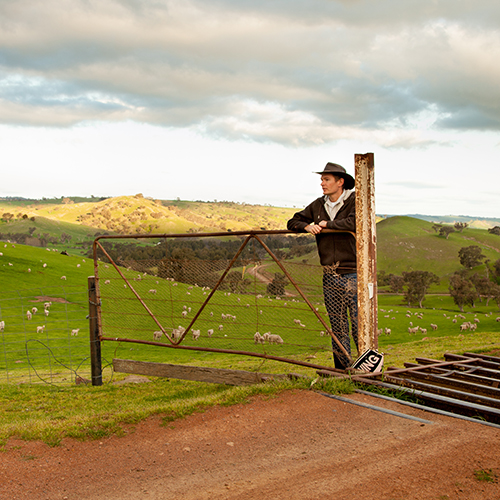To help combat the impacts of bushfires in Queensland, the Palaszczuk Government has released guidelines to help improve the bushfire resilience of new and existing homes.
Queensland Deputy Premier and Minister responsible for the Queensland Reconstruction Authority (QRA) Steven Miles said the QRA worked in partnership with CSIRO to develop the guidelines Bushfire Resilient Building Guidance for Queensland Homes.
“Last year more than 3000 bushfires burned 7.7 million hectares across our state, impacting 23 communities from the Far North to the New South Wales border,” Mr Miles said.
“Scientists are predicting longer bushfire seasons and more extreme bushfire conditions, so managing bushfire risk is essential for Queenslanders living in areas prone to bushfire.
“Based on extensive research, QRA and CSIRO’s hazard reduction experts have developed these guidelines, which provide innovative, practical and affordable solutions for adapting homes and gardens to be more bushfire and heat resistant.
“As we continue to battle the health and economic impacts of COVID-19, it’s important we keep strengthening our state’s resilience to the natural disasters like bushfires that we regularly face.”
The bushfire resilient building guidelines provide Queenslanders with information on best-practice building and landscaping measures that use tailored, site-specific solutions to adapt buildings for bushfire resilience.
Minister for Fire and Emergency Services Mark Ryan said Queenslanders were familiar with the impacts of bushfires after experiencing two severe seasons in 2018 and 2019.
“Queensland is the most disaster-resilient state in Australia, and we need to be prepared for whatever bushfire season may bring,” Mr Ryan said.
“These guidelines are important as they describe the various measures that can be taken to improve the chances of both people and property surviving a bushfire event.
“We’re also taking this opportunity to again encourage Queenslanders to take proactive measures to protect themselves from bushfires, such a creating a bushfire survival plan.
“This will help Queenslanders plan what they will do during a bushfire, including what they will take with them and when and where they might evacuate.”
CSIRO project leader Justin Leonard said its pre-eminent bushfire hazard experts incorporated learnings from years of experience across the country including lessons learned from Victoria’s 2009 Black Saturday Bushfires.
“CSIRO has performed post-bushfire surveillance and research in every major fire event in Australia since the 1983 Ash Wednesday fires,” Mr Leonard said.
“The guidelines provide information for homeowners and the building industry on how to develop more resilient housing in bushfire prone areas.
“As a best-practice document, and for the benefit of property owners, this guidance goes beyond the official building regulations.”
The Bushfire Resilient Building Guidance for Queensland Homes is the latest guideline document developed by the QRA, adding to the:
- Storm Tide Resilient Building Guidance for Queensland Homes
- Cyclone Resilient Building Guidance for Queensland Homes
- Flood Resilient Building Guidance for Queensland Homes
The guidelines were developed in collaboration with Queensland Fire and Emergency Services, Department of Housing and Public Works, Queensland Treasury, Local Government Association of Queensland, Queensland Building and Construction Commission, Livingstone Shire Council, Scenic Rim Regional Council, Queensland University of Technology (Dr Ian Weir), James Davidson Architect, and Barracuda Design.








